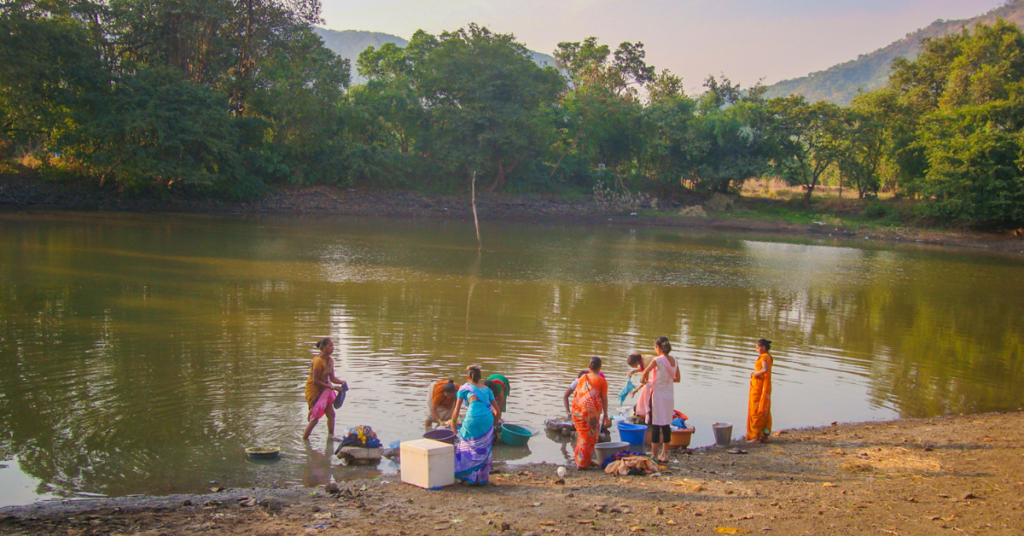Co-Author: Bonnie Chiu
4 min read
A new study, based on interviewing over 30 stakeholders in the impact investing ecosystem in India, takes stock of the progress of impact investing in India to date, through asking some difficult questions.
The term, “impact investing”, begins with impact. But lately, it seems that more attention is paid to “investing”, perhaps because of its early successes. India is one of the few markets in the world with a large number of impact investment exits; there were 48 recorded exits between 2010 and 2015 – a relatively high number compared to other countries and regions. While the growth of impact investing should be a cause for celebration, have we lost sight of the “impact”? Is impact investing in India on the trajectory to solve social and environmental challenges in the country?
What prompted both of us to work on this study is a realisation that the conversations on impact investing seem more focused on what it can deliver for investors as opposed to what it can deliver to the enterprises and the end communities being impacted. This may be an uncomfortable realisation for many, and indeed for ourselves too.
Worries about impact washing
Among interviewees, there is a sense of excitement about the growth of impact investments in India, but there is also a sense that in the bargain there is a lot of impact washing going on. Most asset managers interviewed feel that more people are calling themselves “impact investors”. The sector is becoming more mainstream, as impact investors move to bigger ticket sizes and shorter exit horizons, but also shallower with no clear demarcation of impact versus non-impact. One quote stuck with us: “Over the past 3-4 years the demarcation between impact first and finance first has been diminishing… Many funds that started out as pure-play impact drifted to finance first.” This is echoed by an earlier study by Oxfam looking at impact investing in India, Kenya and Mexico. In comparison to Kenya and Mexico, in India there is less clarity about what differentiates venture capital and private equity from impact investing, other than additional reporting requirements.
Some parts of impact are forgotten
While impact investing dollars (or rupees) are going into mainstream finance in India, there are growing untapped opportunities. This includes enterprises based in tier 2 and 3 cities and enterprises that are too big for microfinance and not yet ready to raise start-up capital — the missing middle. There is a common sentiment among most of the founders and some investors we spoke to that impact investors are crowding out commercial capital, rather than lowering risks to investment in underserved sectors and geographies. Impact capital, both investments and patient, have an incredible opportunity to be the first movers here and pave the path for more commercial capital to flow into high growth markets.
Limited involvement of end communities
For us, a key part of impact is the true involvement of end communities – for whom “impact” is being created. Focusing on how investments can create transformative impact, necessitates listening to and understanding the challenges on the ground. We investigated how and when decision-makers within the impact investing value chain are gathering learnings from the grassroots.
There are some efforts to hear from end-customers and communities. For asset managers this is during pre-investment due diligence, impact measurement and evaluation, but not throughout the whole investment process. When speaking to enterprises, there is a sense that investors don’t consider true involvement of end communities, which is more fluid, and time-consuming and more difficult to put into neat, quantifiable metrics. While investors need to rely on enterprises to create impact, they can be more mindful in how they may be enabling or disabling enterprises to meaningfully engage with their customers and end-communities. For instance, KPIs and impact measurement requirements could require enterprises to engage more wholly and consistently with customers and communities, rather than just focusing on the number of people reached.
Moving forward intentionally
We hope that our study can serve as a reflection point for the impact investing ecosystem to not forego impact in the pursuit of investing, as well as with practical actions forward. We believe that good impact investing is when we can maximise social impact on the most marginalised – to achieve equitable development, and this is urgently needed in India. But there is also an opportunity to step into transformative impact investing – when we can go beyond delivering outputs and outcomes that positively affect communities, to creating inclusive processes and practices that empower communities from the get-go.


















